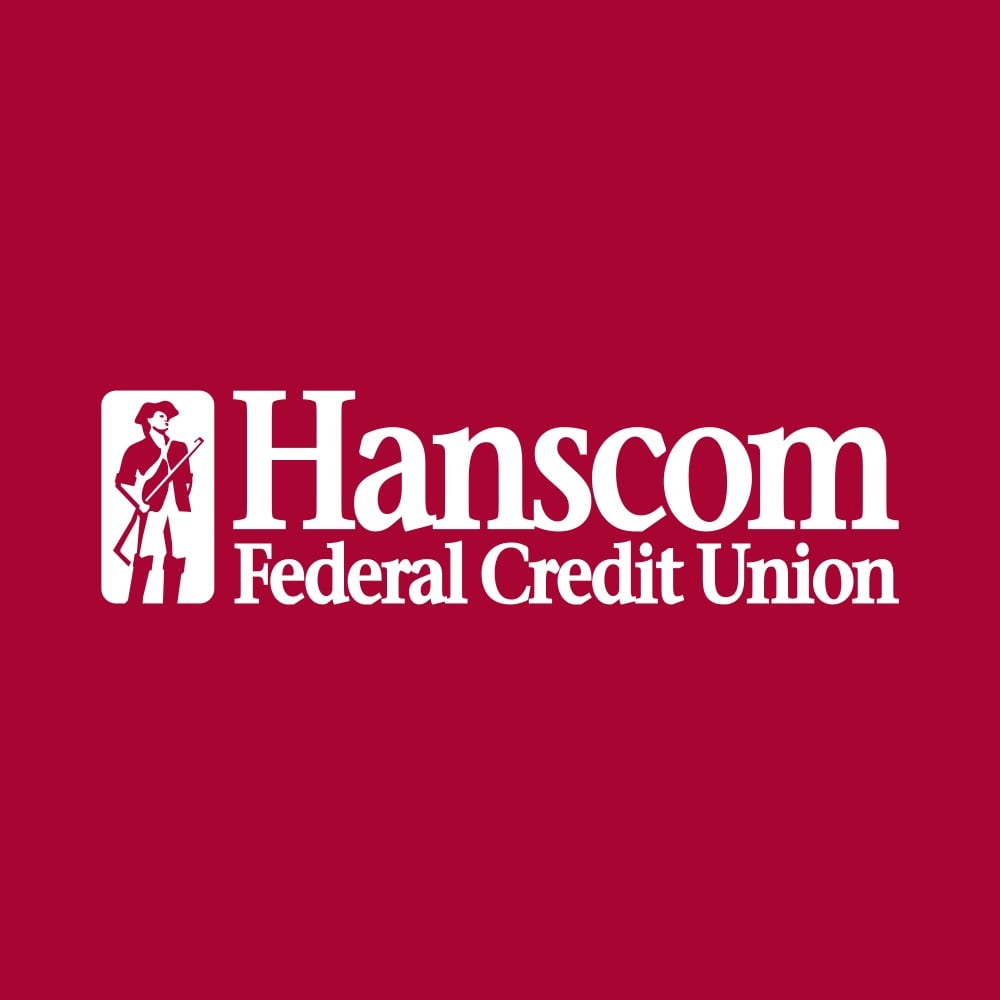When you’re checking out at your favorite online retailer, you notice one of the payment options includes a way you can pay for your purchase in four interest-free installments. Which, for many consumers, sounds like an awesome deal!
“Buy now, pay later” is a financing option that allows customers to purchase items and pay for them over time, instead of paying the full amount upfront. It can be a convenient way for customers to make a purchase they may not be able to afford all at once.
A typical purchase requires a small down payment (usually 25 percent of the total cost), then installment payments as frequently as every two weeks for the balance. On top of all this, you get your purchase immediately instead of waiting for it until you have all the money to pay for it.
"Buy Now/Pay Later" financing can work out for you if you know you'll have no trouble making payments when they're due and you're on board with the payment terms. But here's what should you consider before you agree to "Buy Now, Pay Later" (BNPL) financing.
Why is BNPL So Popular?
BNPL financing has become increasingly popular in recent years. The COVID-19 pandemic accelerated the demand for BNPL options when many consumers were facing financial constraints and increased their online shopping to avoid face-to-face contact. According to Juniper Research, consumer spending with BNPL financing will reach $437 billion globally in 2027 vs. $112 billion in 2022.
Today, younger consumers are more likely to use BNPL financing options, as they may have less established credit and may be more likely to use alternative forms of financing. Consumers with lower incomes may also be more likely to use BNPL financing, as they may have less disposable income. Additionally, consumers with a limited credit history or poor credit may also be more likely to use BNPL financing, as they may not qualify for traditional forms of credit, such as credit cards or personal loans.
There are many consumers who find BNPL financing to be a convenient and accessible way to make a purchase, especially for big-ticket items or unexpected expenses. However, it's important to be aware of its potential pitfalls and to use this type of financing responsibly.
Where Trouble Lurks
There are several potential dangers to be aware of when using BNPL financing options. Some of these include:
- High interest rates. Some BNPL financing options come with high interest rates, which can significantly increase the total cost of the purchase over time.
- Hidden fees. Some financing options may come with hidden fees, such as late payment fees or account maintenance fees, which can add up quickly and make the financing more expensive. You have to follow the rules carefully in order to avoid these fees.
- Credit score impact. Using BNPL financing options can have an impact on your credit score, especially if you miss payments or have a high outstanding balance.
- Temptation to overspend. The ability to make purchases without having to pay for them right away can be tempting and may lead to overspending, especially if you are not careful with your budget.
- Difficulty to pay off. Some BNPL options have no fixed pay-off period, making it difficult to know when the debt will be paid off.
This is why it’s important to read the terms and conditions of the financing plan carefully, understand the fees and interest rates of the offer, and ensure you can make the payments on time before you agree to any financing option.
Consider These 3 Other Payment Options
Fortunately, there are other financing options to consider besides BNPL financing, depending on your needs and financial situation. Three of these options include:
- Credit cards. Credit cards can be a good option for making purchases, as many offer rewards, cash back for purchases, or lower interest rates. However, it's important to pay off the balance in full each month to avoid interest charges.
- Layaway plans. A layaway plan lets you put money down on an item and pay for it over time without having to take out a loan or use credit. While layaway plans could be considered BNPL, they don't charge interest and you don't get your purchase until it's fully paid for. However, they are not as widely available as they used to be and some stores may charge fees for this service.
- Saving up. Saving money to pay for a purchase in cash can be a good option, as it allows you to avoid interest charges and fees altogether. The drawback? If you need something urgently and without delay, you may not have the luxury of saving for it. But if you can wait, delayed gratification can feel good and you may appreciate your purchases even more than if you bought them impulsively on credit.
Ultimately, it's essential to carefully consider any financing option's terms and conditions to ensure it's the best choice for your financial situation. Our advice is to read all disclosures carefully and understand all of the terms before agreeing to a BNPL purchasing plan.
Save up to $500 a month easily and automatically with a CU Thrive account from Hanscom FCU. You'll also earn an amazing rate while you save. Open your account today!
Others are reading:














Comment